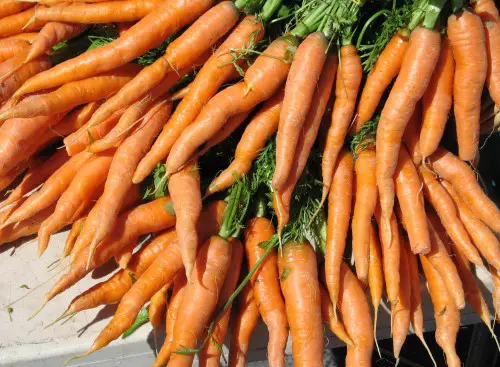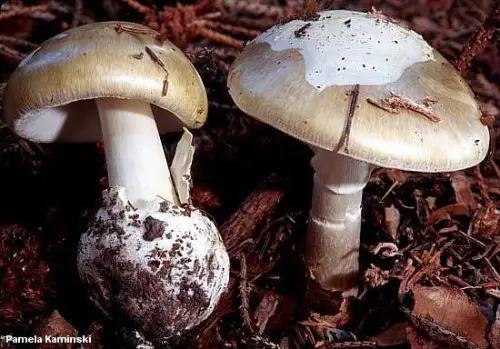Big Sagebrush
Big Sagebrush, or the Sagebrush plant ranges from California into Nebraska and then south to Mexico.
It is a dry area plant which will grow in rocky areas with deep soil. Plants are found as high as ten thousand feet in elevation and grow in cold desert conditions as well as warm ones.
Sagebrush plants their own ecosystems entirely with the wildlife they support.
They have a vast range area of about four hundred thousand square miles in about ten states.

Big Sagebrush
Sagebrush can grow up to seven feet tall and has many short side branches that grow upward in direction. It is smooth looking and silver-green in appearance but as it grows older the stems turns a grayer color and the bark grows in longish strips.
Sagebrush blooms in the summer time and near the ends of the branches you may see very tiny yellow or yellowish white flowers.
Seeds are very minute and black in color.
One sagebrush plant may yield a million seeds.
Sagebrush is Nevada’s State Plant, which is why it is nicknamed the Sagebrush State.
Sagebrush is a very important plant in the wintertime for many of the desert animals who rely on it for browse such as elk, mule deer and pronghorn antelope.
More than half of the sage grouse winter time meals consist of sage leaves. They also use the cover provided for the plant to house their spring mating and courtship dances.
Sagebrush is a sacred plant to many of the southwestern Native American tribes.
The wood was burnt while the leaves were eaten as were the seeds.


